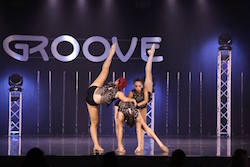At What Point Does Appreciation Become Cultural Appropriation?
Michele Byrd-McPhee’s uncle was a DJ for the local black radio station in Philadelphia, where she was born. As a kid she was always dancing to the latest music, including a new form of powerful poetry laid over pulsing beats that was the beginning of what we now call hip hop.
Byrd-McPhee became enamored of the form and went on to a career as a hip-hop dancer and choreographer, eventually founding the Ladies of Hip-Hop Festival and directing the New York City chapter of Everybody Dance Now!. Over the decades, she has experienced hip hop’s growth from its roots in the black community into a global phenomenon—a trajectory she views with both pride and caution.
On one hand, the popularity of hip hop has “made a global impact,” says Byrd-McPhee. “It’s provided a voice for so many people around the world.” The downside is “it’s used globally in ways that the people who made the culture don’t benefit from it.”
That includes marketing to sell products, music videos to sell personalities and dance classes to sell an attitude. In these commercial spaces, hip hop is distilled to its energy and aesthetics, stripped of its history and significance in black communities as an art of protest. It’s then sprinkled on everything from Broadway shows to fashion campaigns like an exotic spice.
“People think that all you have to do is have certain postures, wear certain clothes, dance to certain music” to make it hip hop, Byrd-McPhee says, pointing out that simply donning toe shoes and tutus and dancing to Tchaikovsky does not a ballerina make. “It’s that kind of disconnect from the origins of the culture and the people who created it that’s problematic.”
That shallow aesthetic borrowing and disconnect is cultural appropriation. It has a long history in dance, from 19th-century “exotic” ballets like La Bayadère and Le Corsaire, to the tap used in vaudeville, to American modern dance pioneer Ruth St. Denis, who found inspiration in the trendy histories, rituals and aesthetics of cultures like those of India and Egypt.
In popular culture, more recent accusations of cultural appropriation have been aimed at Madonna’s use of voguing in her famous “Vogue” video, Miley Cyrus’ adoption of twerking as a way to rebrand herself, and the New Zealand choreographer Parris Goebel’s use of Jamaican dancehall in Justin Bieber’s “Sorry” video.
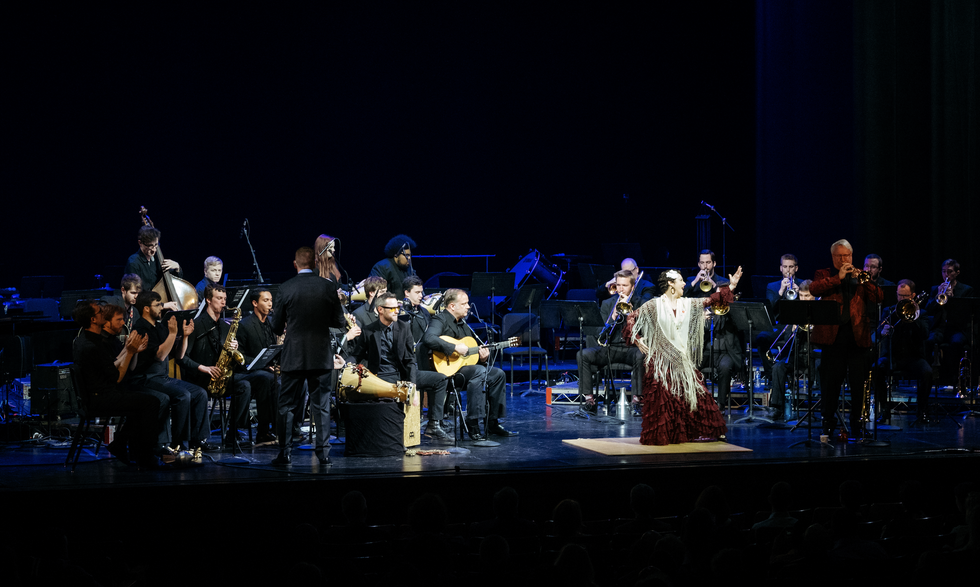
Michelle Hefner Hayes performing at the Kennedy Center. Andy White, Courtesy of Hefner Hayes.
Cultural appropriation is “taking the external trappings of cultural traditions and using them as decorations on your own history without developing mutually supporting relationships in the community that you’re taking from,” says Michelle Heffner Hayes, a professor at the University of Kansas’ Department of Theatre & Dance, who has studied the legacy of cultural appropriation in dance as part of her work.
It’s not a question about “ethnic” dances, Hayes points out, because “every dance form is an ethnic form,” including ballet and modern dance. “The power dynamic matters. It’s very different for someone who is in a position of privilege to borrow from a dance form from a marginalized community.”
Hayes’ interest in these issues stems in part from thinking about her own role as a white, queer American woman who was drawn to practice and write academically about flamenco, African diaspora and Latin popular dances. Throughout her career, she has asked: “How do you enter into a tradition that isn’t a part of your various cultural identities in a respectful way?”
That’s something Nic Gareiss has had to learn as an American from Michigan who works with traditional music and dance from across the North Atlantic, including Ireland and Scotland. “There’s been a history of America taking up space and appropriating cultural forms and enacting cultural imperialism,” he says. In an effort to grapple with that, he moved to Ireland to study at the University of Limerick to learn “not only the movement but also the culture around the movement, and to build relationships with movers in that culture.”
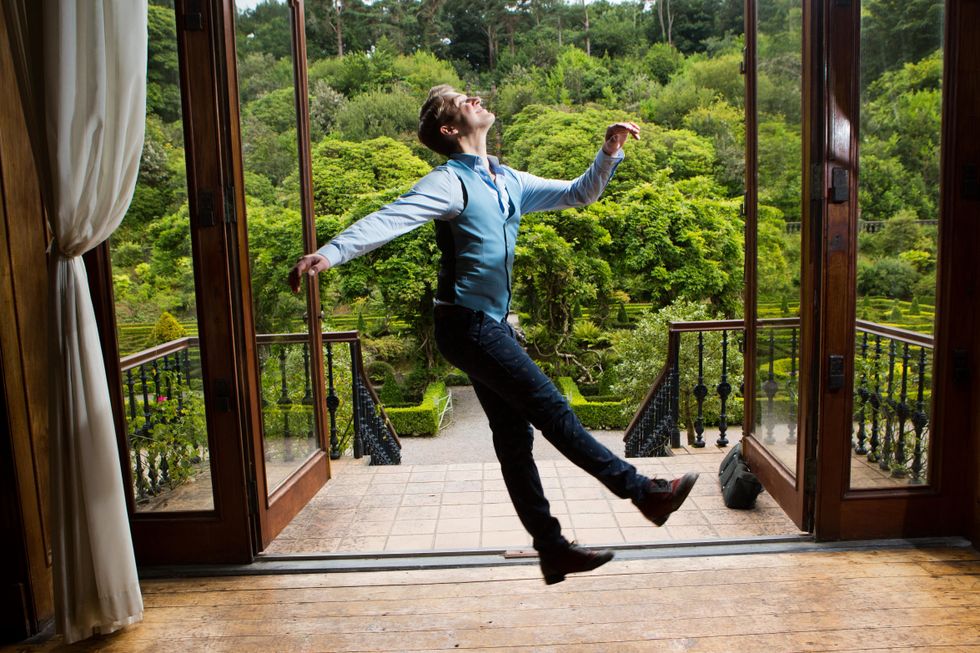
Nic Gareiss in Ireland. Darragh Kane. Courtesy of Gareiss.
Even if you can’t move abroad, visiting a dance form’s country of origin is something that contemporary bharata-natyam dancer and choreographer Preeti Vasudevan encourages of her students. “Go experience the country first,” she says, and learn from different teachers there. Indian dance, she says, “needs to be put in context so you understand what modern India is about.”
Korie Genius, who was born in Jamaica, teaches dancehall at a number of studios around New York City, and invites his students to attend local dancehall spaces and parties to gain firsthand exposure to the culture. Equally important, he says, is the continuous recognition of the form’s pioneers and the teachers who have guided you.
“Give a shout-out to the dances you’re doing,” Genius says, “where they come from, where you learned it.” Crediting teachers and trailblazers in social media posts, in program notes and in interviews is an easy and critical way to acknowledge an art form’s lineage and your place in it with gratitude and humility. That recognition, Hayes says, “is a step people skip, and it leads to conflict that people don’t intend.”
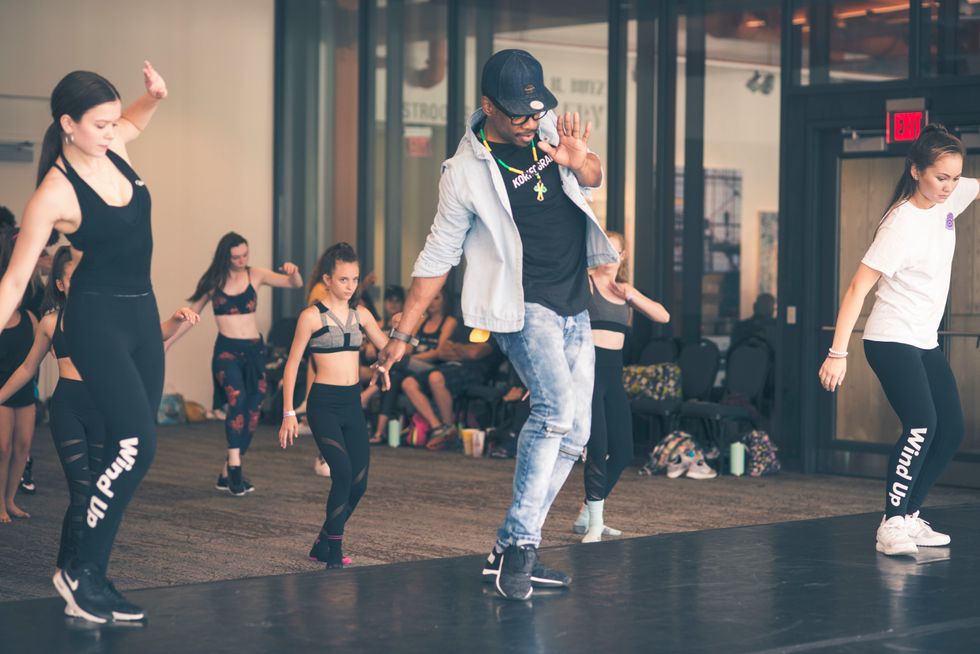
Korie Genius teaching class. Grainne Images, Courtesy of Genius.
But immersion and recognition aren’t always enough. As Byrd-McPhee points out, it’s often the entertainment companies, cultural institutions, private dance studios and the artists with a foot in those doors—still overwhelmingly white—that benefit financially from the appropriation of cultural dances due to existing economic structures.
“We don’t benefit from all the money that people make from it,” she says of hip hop’s mainstream presence. “It’s sad.”
If you receive a job involving a cultural art form that isn’t your own, Byrd-McPhee advises, find ways to use your platform to give opportunities to artists who do come from that culture, perhaps as performers and consultants. “That’s under your control,” she says.
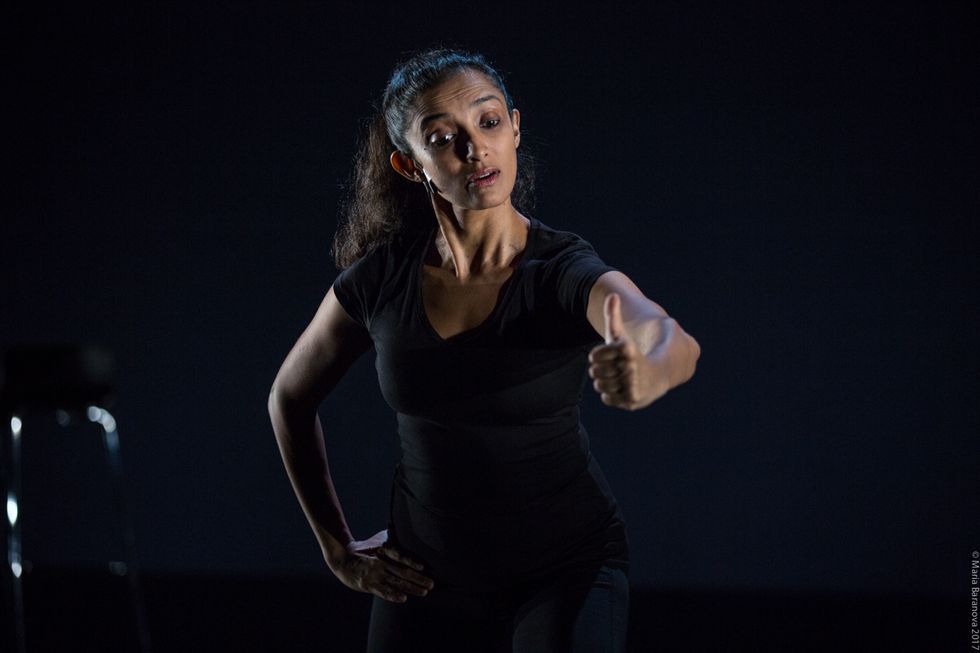
Preeti Vasudevan performing her Stories by Hand. Maria Baranova, Courtesy of Vasudevan.
Broader awareness also requires recognizing the politics and power dynamics that affect cultures, historically and today. B-girl Ephrat “Bounce” Asherie fell in love with hip hop as a young immigrant to the U.S. from Israel and Italy, and she credits her mentor Richard Santiago with helping to open her eyes to the painful history that spawned that art form.
“You can’t be about these forms that come from the African diaspora and the trauma of slavery and not participate in the fight for equality,” she says.
She also acknowledges that her platform to tour and present her art is one that is not afforded to many in the hip-hop community, and that comes with responsibility. “When you are creating with forms from a culture outside of your own, you do have a responsibility to call out issues,” she says, noting house’s LGBTQ roots and how breaking was born from the African-American and Latin communities.
She not only includes the history of street and club styles in her classes and in postshow Q&As, but also supports the struggles that others in the community face. In this way, she’s consciously working to ensure her art is a gesture of appreciation by redirecting the spotlight toward the elders of her chosen dance form. “It’s part of my responsibility to make people care,” she says.
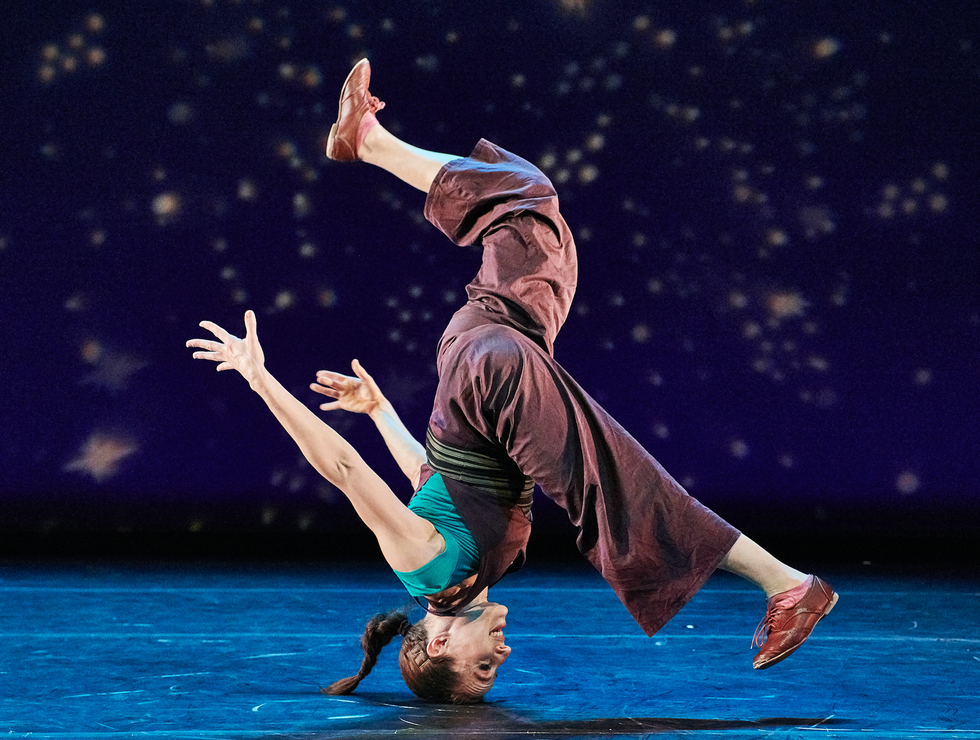
Ephrat Asherie. Robert Altman, Courtesy of Asherie.
While engaging with dances from other cultures comes with responsibility, it can lead to profound personal and artistic growth. Vasudevan says she loves introducing non-Indian dancers to her art form and sees benefits to any artist willing to put in the time for thoughtful, respectful dialogue.
“If you’re actually engaging with an artist of another culture and figuring out together the building blocks of each other’s cultural language,” she says, “it should shed light on your own questions, your own self-reflection, so that you can go deeper into what you’ve grown up with and you can come up with something that’s authentically yours.”
The post At What Point Does Appreciation Become Cultural Appropriation? appeared first on Dance Magazine.
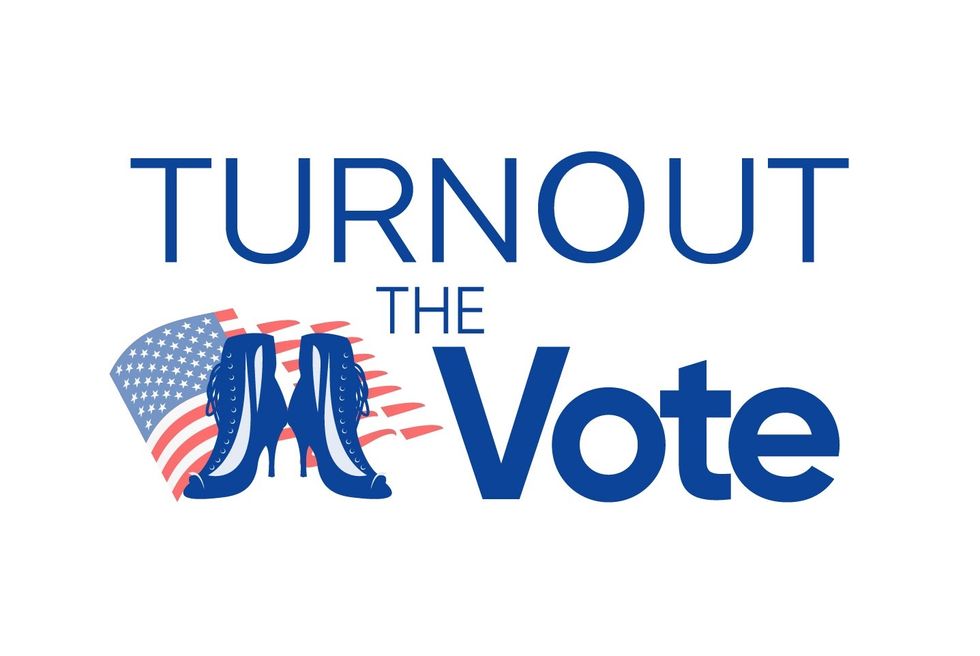 Courtesy Pro Dance League
Courtesy Pro Dance League